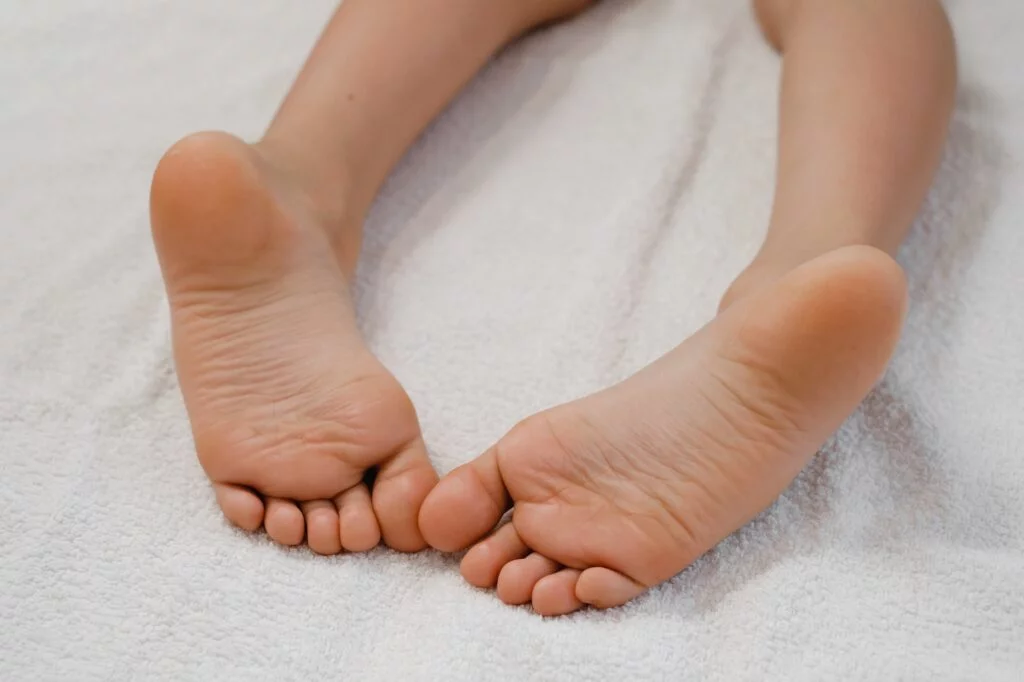Children’s feet are different to that of adults. When they are young, their bones are still very soft and are therefore more easily affected by abnormal pressure and forces. It is important to nurture our children’s feet as most of the issues we see in adults have stemmed from issues as children. The younger a child is assessed and diagnosed, the easier it is to treat and manage the issue.
Foot & Lower Limb Issues
- Flat feet/fallen arches/rolled-in feet
- In-toeing (pigeon toed)
- Out-toeing
- Walking on tip-toes
- Slow to begin walking
- Knock-kneed
- Bowlegged
- Leg length difference
- Clumsiness or poor balance
- Growing pains
- Limping
- Low muscle tone
- Oddly shaped toes (curly/clawed)
- Ingrown toe nails
- Bunions or other deformities
- Callous/corns
- Warts
Walking
One of the most important milestones in your child’s life is their first steps. All children develop at their own pace and will all commence walking at different ages. Most children will take their first steps between nine and twelve months. For some children, this may take a little longer. If at 15-16 months your child is not yet walking, it is recommended they are assessed.
When your child begins to walk, they will generally hold their arms high and their feet out wide for balance. As his/her balance improved, their feet should gradually close in and their arms should drop to their side. Children may develop abnormal walking patterns such as in-toeing (pigeon toed) or out-toeing and in some cases tip-toe walking. If you begin to notice an abnormal pattern, have your child’s feet assessed by a podiatrist. Many adult foot and lower limb issues begin in childhood and are therefore more easily managed if they are addressed sooner rather than later.


